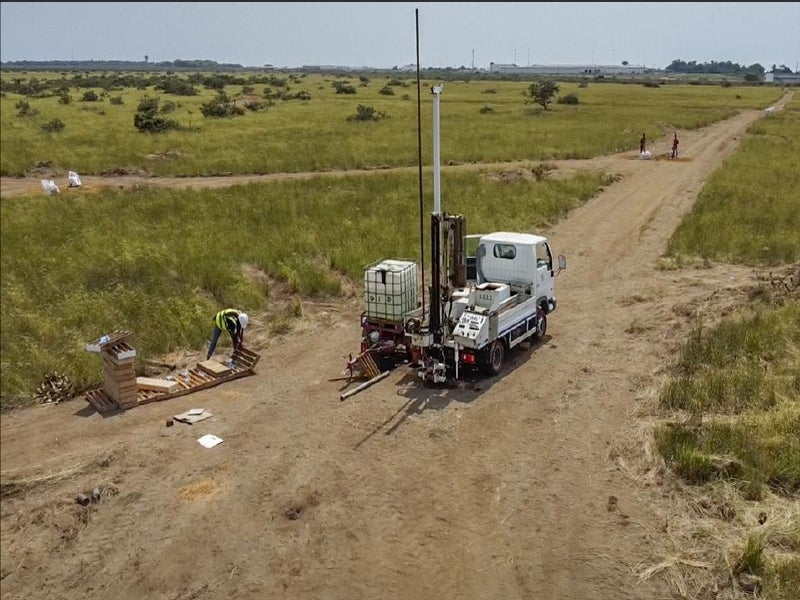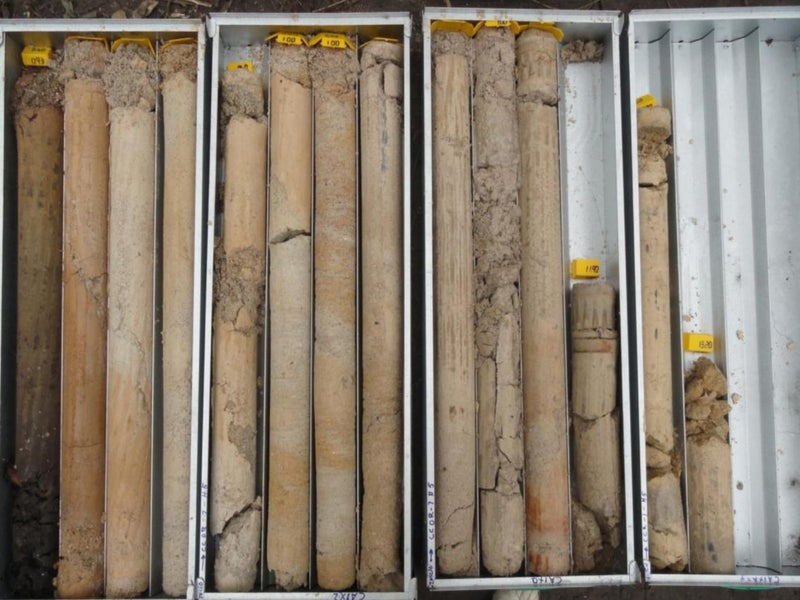The Cabinda phosphate mine is an open-pit mining project under development in the Cabinda province, Angola. Minbos Resources (85%) and its local partner Soul Rock (15%) are the developers of the project.
Angola’s Ministry of Mineral Resources, Petroleum and Gas (MIREMPET) approved the mining licence for the Cabinda phosphate project in March 2021.
The project involves the mining of phosphate rock from the Cácata deposit and the construction of a granulation plant to produce enhanced phosphate rock (EPR) granules to be supplied to agriculture users in Angola.
As part of the definitive feasibility study (DFS) of the project, a final design of the Cabinda fertiliser plant was completed in March 2022. The fertiliser plant will be designed to have an initial production capacity of 150,000 tonnes per annum (tpa) of enhanced phosphate rock with the scope to further expand to up to 450,000tpa.
The Cabinda phosphate project is expected to commence production in the first half of 2023, with an estimated mine life of 21 years.
Location, geology and mineralisation
The Cabinda phosphate project consisting of the Cácata phosphate rock deposit is located near the Cácata village, approximately 60km from the Cabinda city in the Cabinda province, Angola.
Considered to be of the Florida or Morocco sedimentary type, the Cabinda deposits are found in several beds of marine and coastal or fluvial origin. The deposits belong to Maastrichtian or Eocene age.
The Cácata deposit is a 1.7km-long sedimentary phosphate deposit, which is thick, wide and shallow and located in a 400m-wide graben outcropping at the surface.
The mineralisation occurs within the sedimentary layers from very high-grade gravels with coprolites, pellets, teeth and bones to silty fine-grained phosphorite with low-grade regular deposits of phosphates.
The phosphate beds consist of mainly apatite or francolite or crandollite, a sand phase of silica or quartz and a clay phase of primarily iron-potassium rich clay minerals.
Estimated resources
The Cácata phosphate rock deposit was estimated to mineral resource of 27 million tonnes (Mt) grading 17.7% phosphorous pentoxide (P2O5), as of August 2020.
The deposit contains 15.2Mt of measured and indicated resources at a grade value of 24.5% P2O5.
Mining method and ore processing
The Cabinda phosphate project will employ an open-pit mining method utilising conventional trucks and shovels. The mining operation will not involve blasting or ripping as the Cácata deposit occurs in loosely consolidated sediments.
Dump trucks will be used to transport the phosphate rock and waste rock to the run-of-mine (ROM) stockpile. Later, the rock will be supplied to the granulation plant for processing, which is planned to be constructed in the industrial area at Port de Caio. It will be transported by road through trucks.
The mined rock will be delivered at the industrial site into a covered hopper feeding a conveyor of the granulation plant. It will be collected in a drum granulator with water or steam to be added to support the process.
The material will be discharged from the granulator and fed to a dryer, and then delivered to a screening system for fractional separation.
The final product will be sent to the cooler and then to the storage area for onward export through ships.
Water and power supply
The Cabinda phosphate project is estimated to have minimal water requirements due to the absence of any processing at the site. A small treatment plant will be installed for the required water.
Power supply requirements for the mining operation are expected to be met through diesel generators.
Infrastructure facilities
The infrastructure facilities at the Cabinda phosphate project will include a dryer, a granulation plant, a small water treatment plant, roads and the construction of a regional port.
Contractors involved
Engenharia e Projetos de Infraestrutura (EPC Engenharia) was contracted by Minbos Resources for the design and scheduling work of the Cabinda phosphate fertiliser project in February 2022. Dar Al-Handasah Consultants will be subcontracted by EPC Engenharia for the phosphate project.
SRK Consulting prepared the mineral resource statement for the Cabinda project, while Orelogy Mine Consulting was engaged to deliver engineering works and prepare an ore reserve report.
GID Engenharia was engaged to manage the geotechnical drilling and laboratory test work for the Cabinda phosphate fertiliser plant.
Stedman was selected to carry out test work on the Cabinda phosphate rock bulk sample that was shipped to the US in late 2021.
DRA Global was awarded a contract to prepare the definitive feasibility study (DFS) of the Cabinda project in October 2020.
Environmental consulting and advisory services group High Conservation Value (HCV) Africa was contracted to carry out the environmental and social impact assessments (ESIA) for the Cácata deposit and the granulation plant in September 2020.
Grupo Simples was awarded a contract for the preparation of an environmental impact study (EIA) and waste management plan (WMP) in September 2020.
FEECO International was engaged to fabricate the main equipment of the granulation plant. Ausenco was hired to deliver a bankable feasibility study (BFS) for the project in July 2016.





